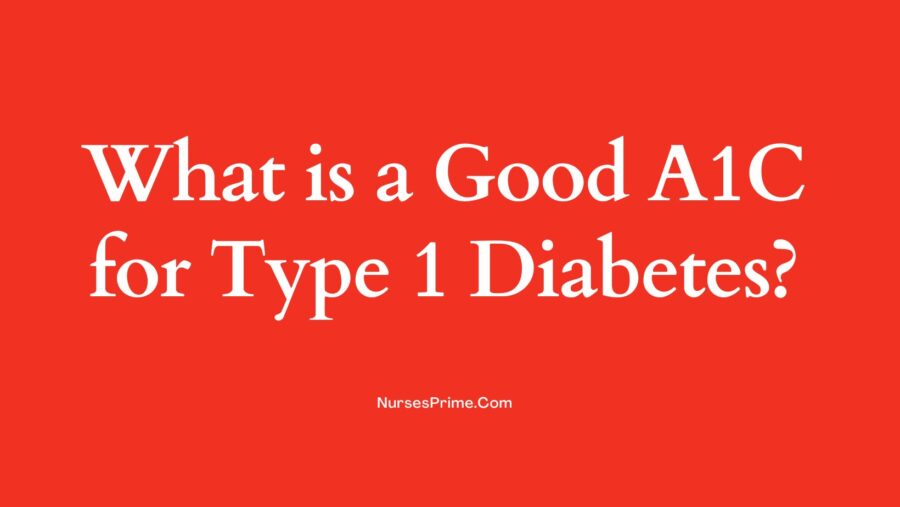What Is a Good A1C for Type 1 Diabetes?
Healthful Vitality | 11/29/2022 | What Is a Good A1C for Type 1 Diabetes?

Diabetes is not a single disease but rather a group of disorders. Though there are many types of diabetes, the two most common types are type 1 and type 2 diabetes. Other types of diabetes are relatively uncommon; even if they occur, they would eventually progress to type 1 or 2 diabetes.
Type 1 diabetes is a more severe kind of diabetes, but it is a less common type of diabetes
Among the two common types of diabetes, type 1 is a more severe kind of diabetes, and fortunately, it is a less common type of diabetes. Nevertheless, in any nation, about 5-10% of the population lives with type 1 diabetes.
Type 1 diabetes is also called insulin-dependent diabetes, diabetes of the young, or diabetes of the lean. It is often diagnosed in childhood or early teenage.
This kind of diabetes is severe because it is an autoimmune disease. In this condition, the body’s immune cells start destroying insulin-producing beta cells in the pancreas. By the time the condition is diagnosed, more than 90% of beta cells have been lost irreversibly.
Therefore, this kind of diabetes is mainly treated with insulin, thus also called insulin-dependent diabetes. In type 1 diabetes, oral drugs do not help. There are few supportive oral medications, only. Hence, one is dependent on insulin lifelong.
One should not fear insulin, as it is a very effective treatment. Not only that, but insulin is also quite good for health. After all, it is naturally present in the human body. Thus, insulin does not cause side effects if taken correctly.
However, taking insulin in the right dose is quite challenging. High insulin dosage may cause a sharp decline in blood glucose levels, causing hypoglycemia, a life-threatening condition. Every year, many people die due to insulin overdose and resulting hypoglycemia. It means that A1C targets in type 1 diabetes must be chosen very carefully.
A1C target for those living with type 1 diabetes
A person with A1C below 6.5% is regarded to be a normal or healthy individual. Generally, A1C in those living with diabetes is 7%. Since targeting 6.5% increases the risk of hypoglycemia considerably.
However, if a person tolerates insulin well and does not develop any signs of hypoglycemia, doctors may even reduce the target to 6.5%. However, going below this mark is not safe and rarely possible. Nevertheless, those who are able to maintain 6.5% may frequently see values below 6%, and it is absolutely fine if one feels well and does not develop hypoglycemia.
However, even 7% may be an ambitious target for those prone to hypoglycemia or those living with various other health issues. In such cases, doctors would increase the target to 7.5%, or rarely even to 8%.
So, as one can see that there is nothing like perfect A1C when living with type 1 diabetes and taking insulin, so much depends on the health condition, age, and how well a person tolerates insulin.
Hypoglycemia is a severe complication of insulin therapy, causing shakiness, sweating, nausea, fatigue, anxiety, and even loss of consciousness. Hypoglycemia is readily managed by taking some sugar or drinking a sugary beverage. However, one should ensure that it never repeats, and thus, though lower A1C targets like 6.5% are good, for most, perhaps 7% would be safe and well. That is why American Diabetes Association (ADA) also recommends a 7% target for most people.
Related Article: What Is a Good A1C for a Type 2 Diabetic?
